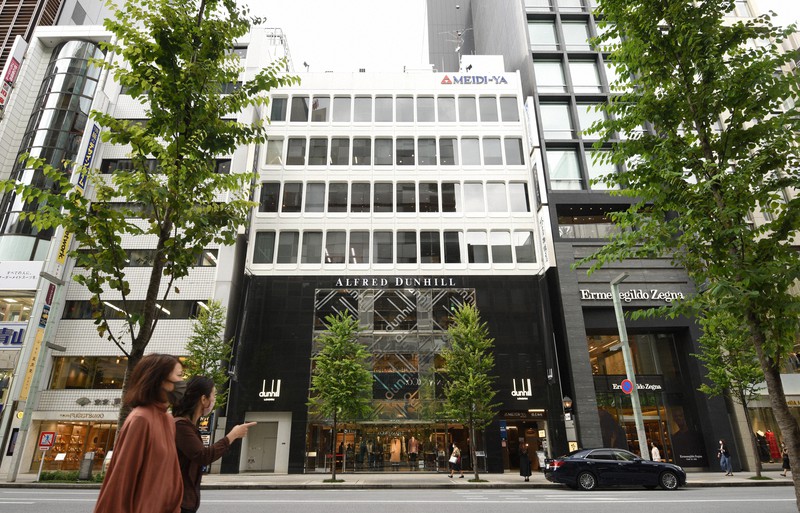 基準地価 商業地5年ぶり下落 3大都市圏住宅地もマイナス 新型コロナ直撃
基準地価 商業地5年ぶり下落 3大都市圏住宅地もマイナス 新型コロナ直撃
Standard land price fell for the first time in 5 years in commercial land
The standard land price as of July 1, announced by the Ministry of Land, Infrastructure, Transport, and Tourism, showed a year-on-year decrease of 0.6% in the national average (all uses), which was the first decline in three years since 2017. Commercial land fell to minus 0.3% for the first time in five years, and residential land fell to minus 0.7%. The sharp decrease in visitors to Japan due to the spread of the new coronavirus and the refraining from going out hit the land prices, which had been recovering.
The land prices announced by the national and prefectural governments, the official land prices and land prices are as of January 1, so this is the first time that the impact of the new corona has been reflected. Sales of stores and hotels fell due to a sharp decrease in visitors to Japan and refraining from going out, which pushed down land prices. In addition, investment in new hotels decreased due to uncertainty about the economic outlook, and real estate transactions stagnated compared to before the spread of the infection.
In the three major metropolitan areas of Tokyo, Osaka, and Nagoya, all residential areas became negative, and the average of the three major metropolitan areas also turned to minus 0.3%. Tokyo and Osaka have fallen for the first time in 7 years, and Nagoya for the first time in 8 years.
Commercial land in the three major metropolitan areas maintained an increase of 0.7%, but growth slowed. The rate of increase narrowed in Tokyo and Osaka, and Nagoya turned to a decline for the first time in eight years.
In rural areas, the rate of decline in residential areas increased to minus 0.9%. Commercial land fell to minus 0.6% for the first time in two years. Of the regional areas, the four cities of Sapporo, Sendai, Hiroshima, and Fukuoka maintained their growth at + 3.6% for residential areas and + 6.1% for commercial areas, but the growth rate shrank.
A person in charge of the Ministry of Land, Infrastructure, Transport, and Tourism analyzed that "the future of the new corona is uncertain and the recovery trend of land prices has stopped. The profitability of the areas where the effects of foreign visitors to Japan were large is declining."
The highest price is the "Meijiya Ginza Building" in Chuo-ku, Tokyo, which costs 41 million yen per square meter. The highest rate of increase by location was over 30% in Miyakojima City, Okinawa Prefecture, where resort development is active, in both residential and commercial areas. The highest rate of decline was in Okuhida Onsengo (minus 9.3%) in Takayama City, Gifu Prefecture. The decrease in tourists due to the new corona echoed. The residential area was Hirayama, Hino City, Tokyo (minus 18.4%), which was a sediment-related disaster warning area.
Source: https://mainichi.jp/articles/20200929/k00/00m/040/099000c
 English
English Japan
Japan
